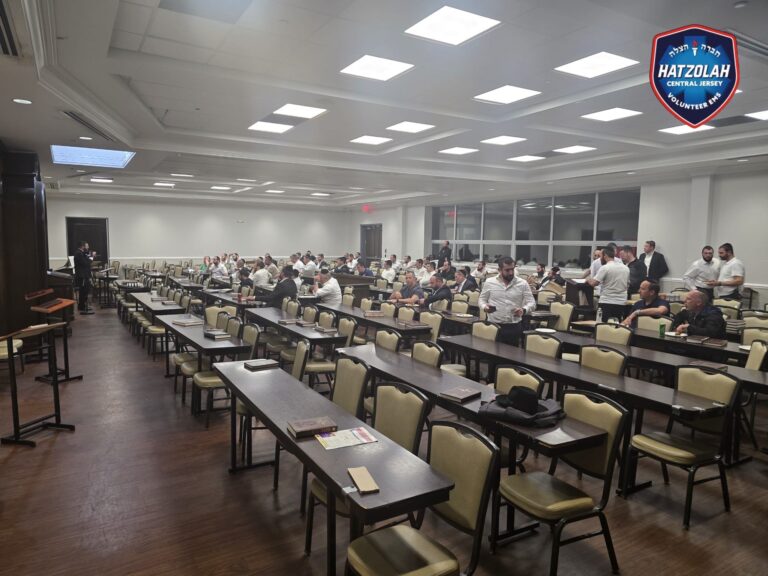The owner and manager of the cargo ship that caused the deadly Baltimore bridge collapse have agreed to pay more than $102 million in cleanup costs to settle a lawsuit brought by the Justice Department, officials said Thursday.
The settlement does not cover any damages for rebuilding the bridge, officials said in a news release announcing the agreement. That construction project could cost close to $2 billion. The state of Maryland has filed its own claim seeking those damages, among others.
The settlement comes a month after the Justice Department sued the ship’s owner Grace Ocean Private Ltd. and manager Synergy Marine Group, both based in Singapore, seeking to recover funds from the cleanup.
The Justice Department alleged that the electrical and mechanical systems on the ship, the Dali, were improperly maintained, causing it to lose power and veer off course before striking a support column on the Francis Scott Key Bridge in March. The ship was leaving Baltimore for Sri Lanka when its steering failed because of the power loss.
Six men on a road crew, who were filling potholes during an overnight shift, fell to their deaths. Cleanup crews worked around the clock searching for bodies and removing thousands of tons of mangled steel and smashed concrete from the bottom of the Patapsco River. The Dali remained stuck amid the wreckage for almost two months, with collapsed steel trusses draped across the ship’s damaged bow.
“This resolution ensures that the costs of the federal government’s cleanup efforts in the Fort McHenry Channel are borne by Grace Ocean and Synergy and not the American taxpayer,” Principal Deputy Associate Attorney General Benjamin Mizer said in a statement.
The collapse snarled commercial shipping traffic through the Port of Baltimore and put many local longshoremen out of work before the channel was fully opened in June. It interrupted East Coast shipping routes as the port is one of the busiest in the country, especially for cars and farm equipment.
Grace Ocean and Synergy filed a court petition just days after the collapse seeking to limit their legal liability in what could become the most expensive marine casualty case in history.
Court records show attorneys for both parties said in a joint filing Thursday that they had reached a settlement agreement and requested dismissal of the Justice Department’s claim, which sought $103 million in cleanup costs.
In a written statement early Friday, a spokesperson for the companies said the settlement isn’t an admission of responsibility or wrongdoing. He said Grace Ocean and Synergy will “vigorously defend themselves” in the other pending proceedings.
“The settlement strictly covers costs related to clearing the channel, which we would have been responsible for in any case, and is not indicative of any liability, which we expressly reject for the incident that led to the collapse of the Francis Scott Key Bridge,” spokesperson Darrell Wilson said, noting that the agreement did not include any punitive damages.
The Justice Department claim was one of many filed in an expansive liability case that will ultimately determine how much the ship’s owner and manager will owe for their role in causing the disaster. The other claims are still unresolved. They’ve been filed on behalf of the victims’ families, companies whose business has suffered as a result of the collapse, municipal entities and more.
FBI agents boarded the ship in April amid a criminal investigation into the circumstances leading up to the collapse.
When it was filed last month, the Justice Department civil claim provided the most detailed account yet of the cascading series of failures that left the Dali’s pilots and crew helpless in the face of looming disaster. The complaint pointed to “excessive vibrations” on the ship that attorneys called a “well-known cause of transformer and electrical failure.” Instead of dealing with the source of the excessive vibrations, crew members “jury-rigged” the ship, the complaint alleged.
It also noted cracked equipment in the engine room and pieces of cargo shaken loose. The ship’s electrical equipment was in such bad condition that an independent agency stopped further electrical testing because of safety concerns, according to the lawsuit.
(AP)











